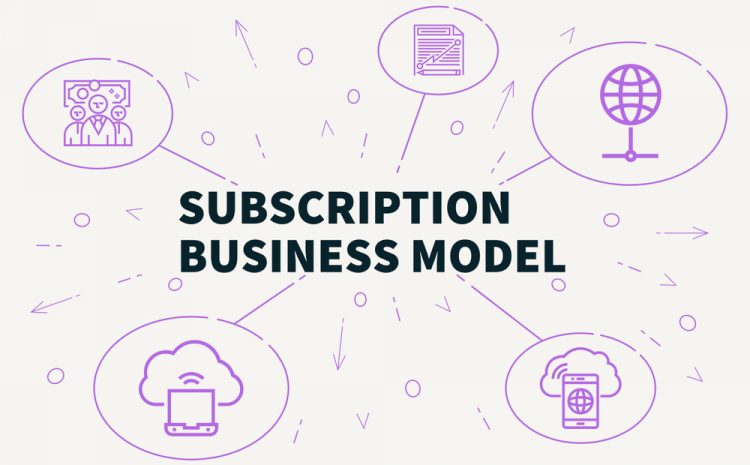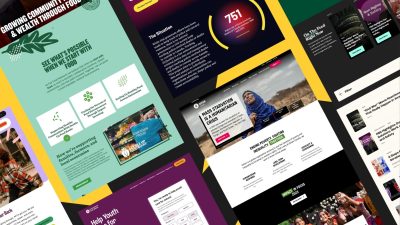Introduction
Designing Websites for Subscription-Based Business Models have transformed how companies deliver value and generate revenue. From SaaS platforms and streaming services to subscription boxes and online communities, the recurring revenue model demands a unique approach to website design — one that prioritizes user experience, trust, and long-term engagement.
In this blog, we’ll explore the key principles, design strategies, and UX considerations for building websites that support subscription-based businesses. Whether you’re launching a new platform or optimizing an existing one, these insights will help you create a site that converts visitors into subscribers — and keeps them coming back.
1. Understanding the Subscription Model
✅ What Is a Subscription-Based Website?
A subscription-based website offers products, services, or content on a recurring basis — typically monthly or annually. Users pay for continued access, making retention and user satisfaction critical.
✅ Common Types of Subscription Websites
- SaaS platforms (e.g., Notion, Grammarly)
- Streaming services (e.g., Netflix, Spotify)
- Subscription boxes (e.g., Birchbox, HelloFresh)
- Online learning platforms (e.g., MasterClass, Skillshare)
- Membership communities (e.g., Patreon, Substack)
2. Core Design Goals for Subscription Websites
🎯 Drive Conversions
Encourage sign-ups with compelling CTAs, clear value propositions, and frictionless onboarding.
🎯 Build Trust
Use design to communicate credibility, security, and transparency.
🎯 Support Retention
Create intuitive user flows, personalized experiences, and easy account management.
🎯 Enable Upselling
Design pathways for users to upgrade plans or add features.
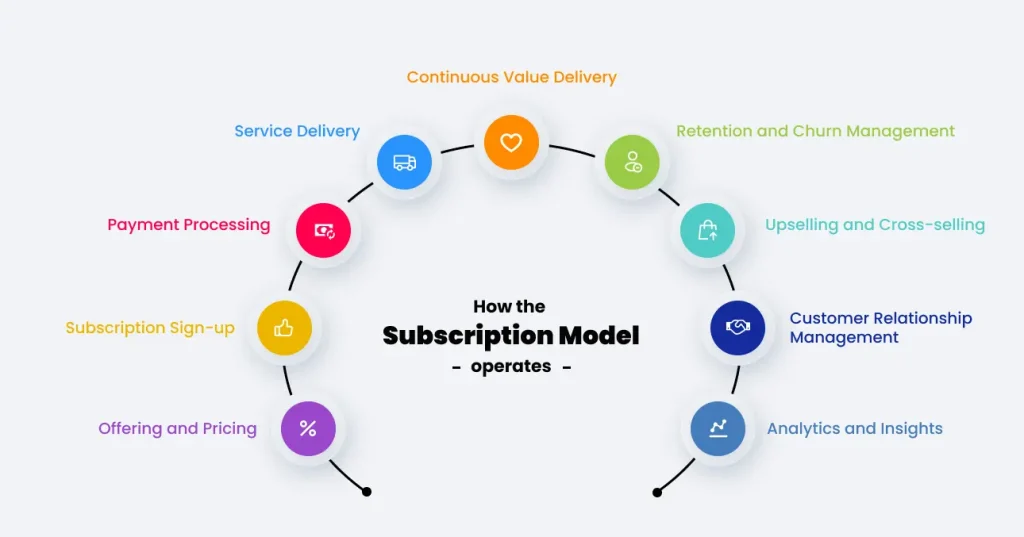
3. Homepage Design: First Impressions Matter
1. Clear Value Proposition
Communicate what the service is, who it’s for, and why it’s valuable — in seconds.
Tips:
- Use concise headlines
- Highlight benefits over features
- Include visuals or explainer videos
2. Prominent CTA
Guide users toward sign-up or trial with a bold, action-oriented button.
Examples:
- “Start Free Trial”
- “Join Now”
- “Get Started”
3. Trust Signals
Include:
- Testimonials
- Client logos
- Security badges
- Media mentions
4. Pricing Page Design: Clarity and Confidence
1. Transparent Pricing
Avoid hidden fees. Clearly outline what each plan includes.
2. Plan Comparison Tables
Help users choose the right plan with side-by-side comparisons.
3. Highlight Popular Plans
Use visual cues to guide users toward the most chosen or best-value option.
4. Free Trial or Money-Back Guarantee
Reduce risk and encourage sign-ups.
5. Onboarding Experience: Smooth and Simple
1. Minimal Form Fields
Ask only for essential information during sign-up.
2. Guided Setup
Use tooltips, progress bars, or walkthroughs to help users get started.
3. Welcome Emails and Tutorials
Support users post-signup with helpful content and onboarding sequences.
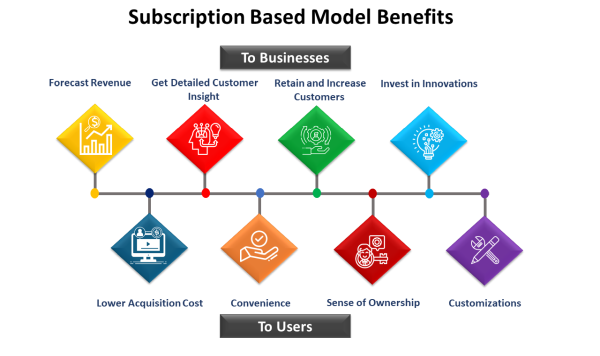
6. Account Dashboard Design
1. Personalization
Show relevant content, usage stats, or recommendations based on user behavior.
2. Easy Navigation
Make it simple to access billing, settings, and support.
3. Upgrade and Downgrade Options
Allow users to change plans without friction.
4. Retention Features
Include:
- Pause subscription option
- Feedback forms
- Loyalty rewards
7. Content and Feature Access
1. Gated Content
Use paywalls or member-only sections to deliver exclusive value.
2. Dynamic Content Delivery
Tailor content based on subscription tier or user preferences.
3. Progress Tracking
For learning platforms, show course completion or milestones.
8. Mobile Optimization
With many users accessing subscription services via mobile, responsive design is essential.
Tips:
- Use thumb-friendly navigation
- Optimize load times
- Ensure forms and CTAs are mobile-friendly
9. SEO and Discoverability
1. Public Content Strategy
Use blogs, landing pages, and free resources to attract organic traffic.
2. Structured Data
Implement schema markup for products, reviews, and FAQs.
3. Keyword Optimization
Target terms related to your niche and subscription benefits.

10. Analytics and Conversion Optimization
1. Track Key Metrics
- Conversion rate
- Churn rate
- Lifetime value (LTV)
- Trial-to-paid conversion
2. A/B Testing
Test headlines, CTAs, pricing layouts, and onboarding flows.
3. Heatmaps and Session Recordings
Use tools like Hotjar or Crazy Egg to understand user behavior.
11. Security and Compliance
1. Secure Payment Processing
Use trusted gateways (e.g., Stripe, PayPal) and SSL encryption.
2. GDPR and Privacy Compliance
Ensure data handling meets legal standards.
3. Transparent Policies
Include clear terms, privacy policies, and cancellation procedures.
12. Real-World Examples of Great Subscription Website Design
Netflix
- Personalized dashboard
- Seamless onboarding
- Clear pricing and content previews
Duolingo
- Gamified learning
- Progress tracking
- Tiered subscription model
Canva
- Feature-rich free plan
- Clear upgrade paths
- Collaborative dashboard
Conclusion: Design for Growth and Loyalty
Designing websites for subscription-based business models requires a deep understanding of user psychology, conversion strategy, and long-term engagement. From the first click to ongoing retention, every design decision should support the user journey and business goals.
By focusing on clarity, trust, personalization, and performance, you can build a subscription website that not only attracts users — but keeps them subscribed.

